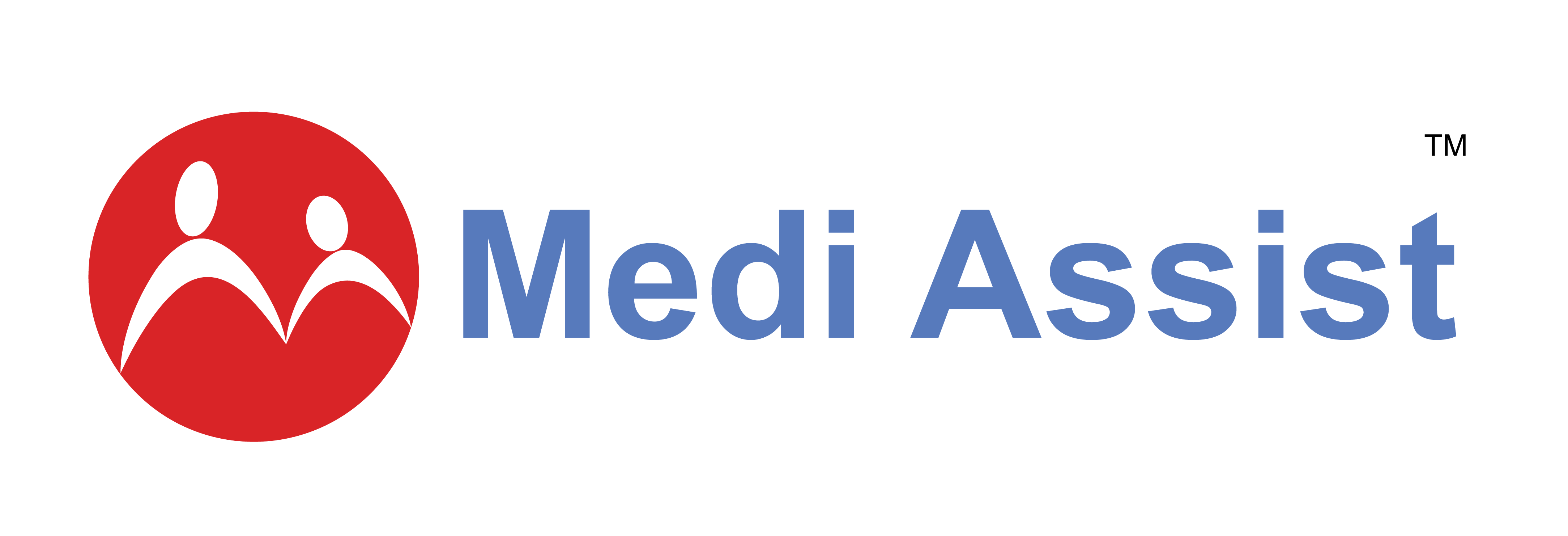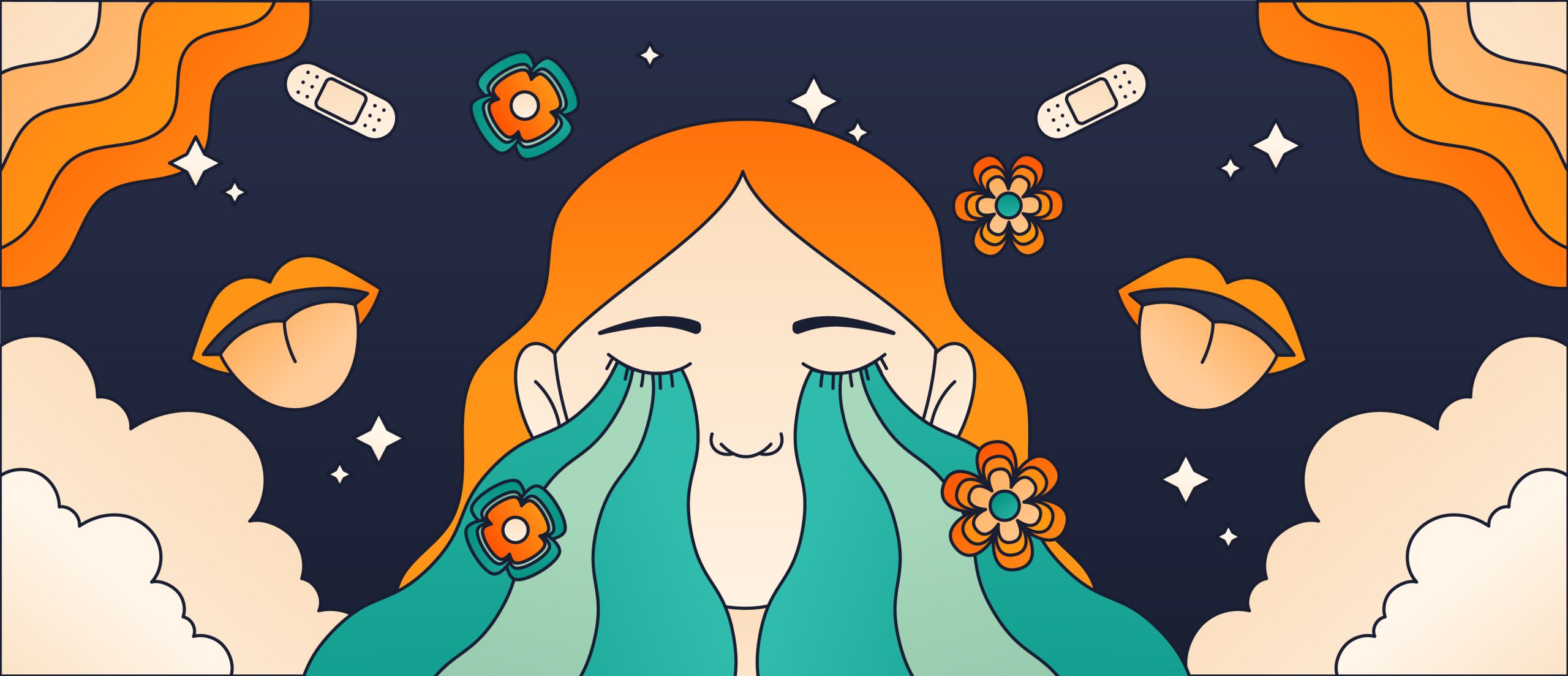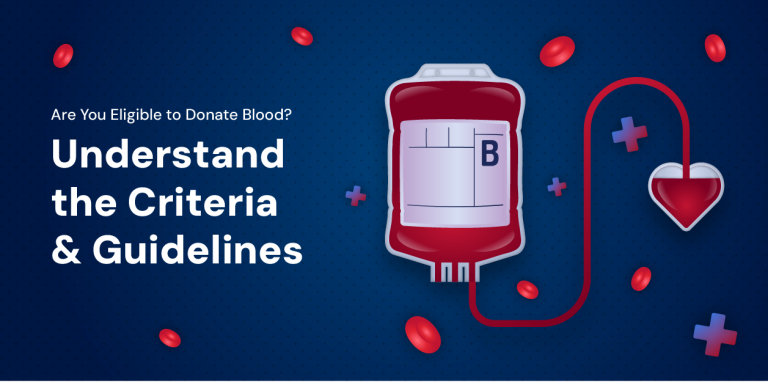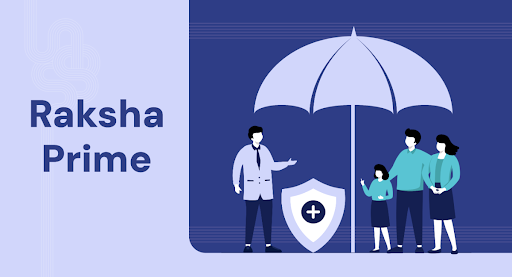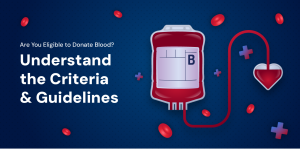Alice in Wonderland Syndrome (AIWS) or Todd’s syndrome is a rare neurological condition. In 1955, an English psychiatrist called John Todd named the syndrome based on its manifestations. Visual perception experienced by people suffering from this condition coincides with the body alterations the character Alice depicted in Lewis Carroll’s earliest Alice’s Adventures in Wonderland. People with this condition perceive the room to be much larger or smaller than its actual dimension. The furniture around these individuals may be assumed to be distorted. Let us deep dive to get a magnified view of this mysterious condition:
Categories of AIWS
Type A: Disorders are somesthetic or sensory.
- Involve individuals feeling as though parts of their body are changing size.
Type B: Affects visual senses.
- Micropsia: Where an entity appears too small.
- Macropsia: Where an entity appears too big.
- Metamorphopsia: Where aspects of shapes, such as height and width, appear inaccurate.
- Pelopsia: Where an entity appears too close than it is.
- Teleopsia: Where entities appear farther away than they are.
Type C: A mixture of Types A and B
- A person suffering can perceive the image of their own body and that of other people or things around them to change.
What symptoms characterize AIWS?
The main symptom of AIWS is a modified body image. Symptoms that accompany the episode include:
- Fever
- Migraine episodes (headache that causes severe throbbing pain)
- Epileptic seizures
What are the risk factors of AIWS?
The exact causes of Alice in Wonderland Syndrome (AIWS) are unknown. However, researchers believe that individuals with AIWS have an unusual electrical activity in the brain. Though the condition may occur at any age, children, adolescents, and individuals diagnosed with the following are more prone to developing AIWS.
- Migraine
- Stroke
- Temporal lobe epilepsy
- Brain tumours
- Certain cough medicines and psychoactive drugs
- Epstein-Barr-virus infections
- It has also been associated with certain infections like Lyme disease and H1N1 influenza.
How to Diagnose AIWS?
Diagnosis is concluded based on the signs and symptoms. The first step is patient examination. Diagnostic tests may comprise:
- Amsler grid eye test to detect vision problems.
- Neurological and psychological testing to assess mental status.
- Routine blood tests.
- Magnetic Resonance Imaging (MRI) scans for an image of the brain.
- Electroencephalography (EEG) to check for epilepsy.
- Antibody tests to detect viral antibodies.
Better awareness regarding the condition can reduce the chances of misdiagnosis.
Treatment
There’s no treatment for AIWS. However, treating the underlying cause of the episodes may help prevent it. For example, if you experience migraines, treating them may prevent future episodes.
- Doctors recommend a treatment regimen involving medications for migraine prevention, such as calcium channel blockers, certain antidepressants, and beta blockers.
- Following a migraine diet regimen provides great relief.
- It is essential to make a person comfortable.
Conclusion
The unknown facts of AIWS are still puzzling to many practitioners and scholars across the globe. There is no definitive medication regimen for AIWS. In the last five years, the AIWS has gained renewed scientific attention. This is due to the increased interest in exploring the brain network and neuroimaging diagnostic progress in neuroscience, psychiatry, and neurology. In the future, we hope that more light will be shed on this syndrome.
-Content partner Happiest Health
